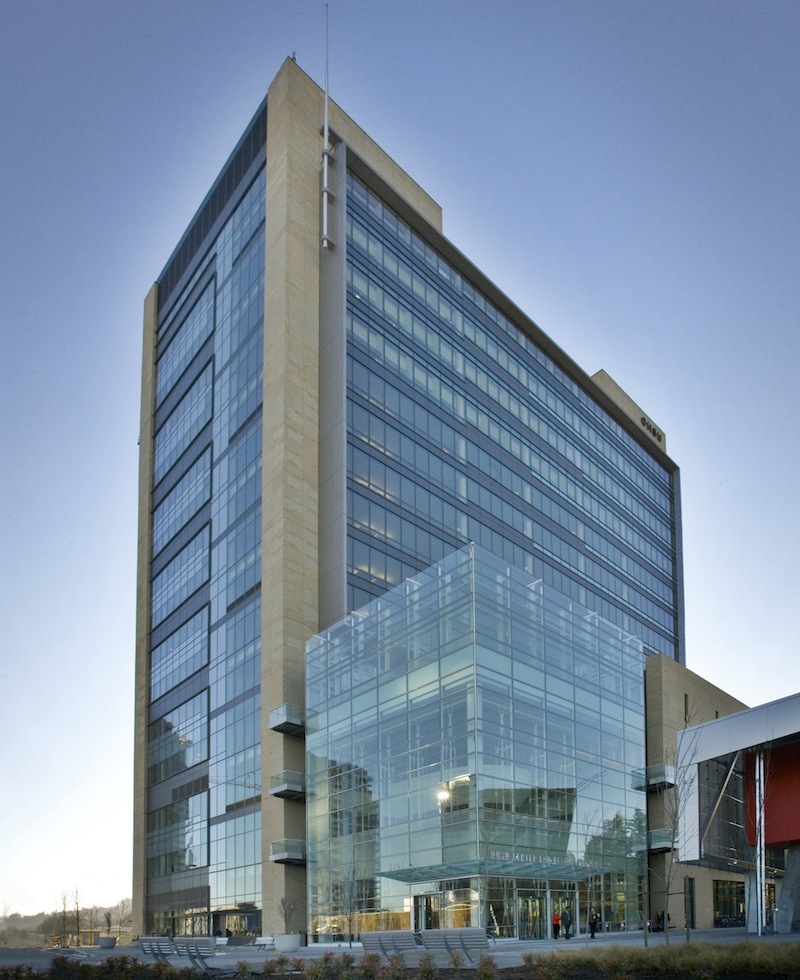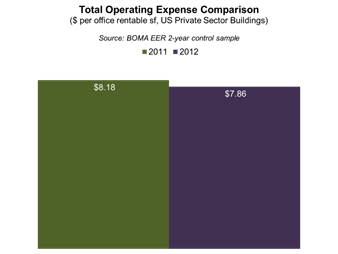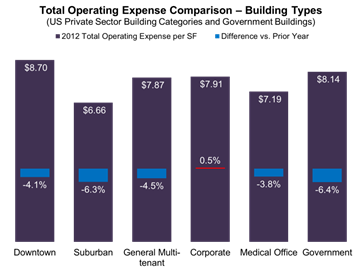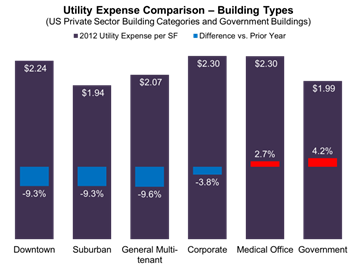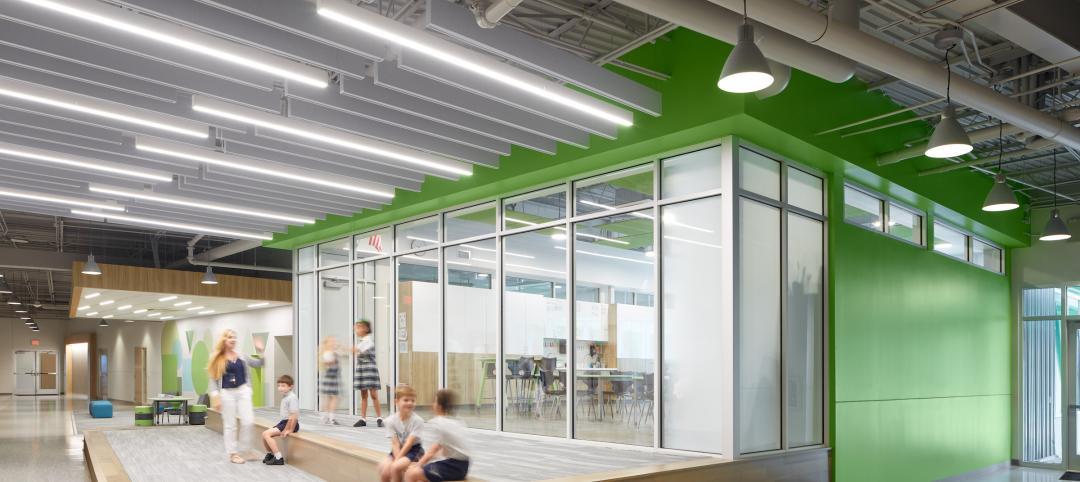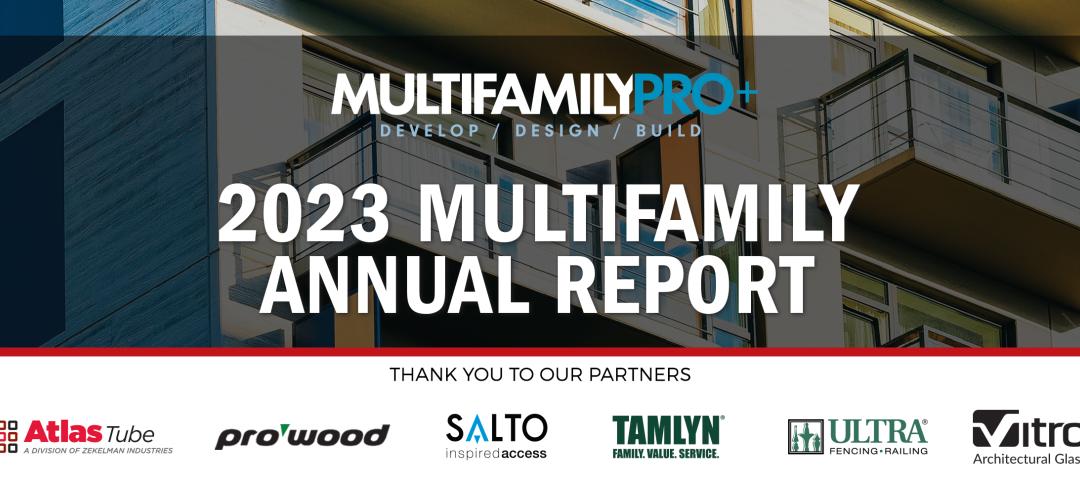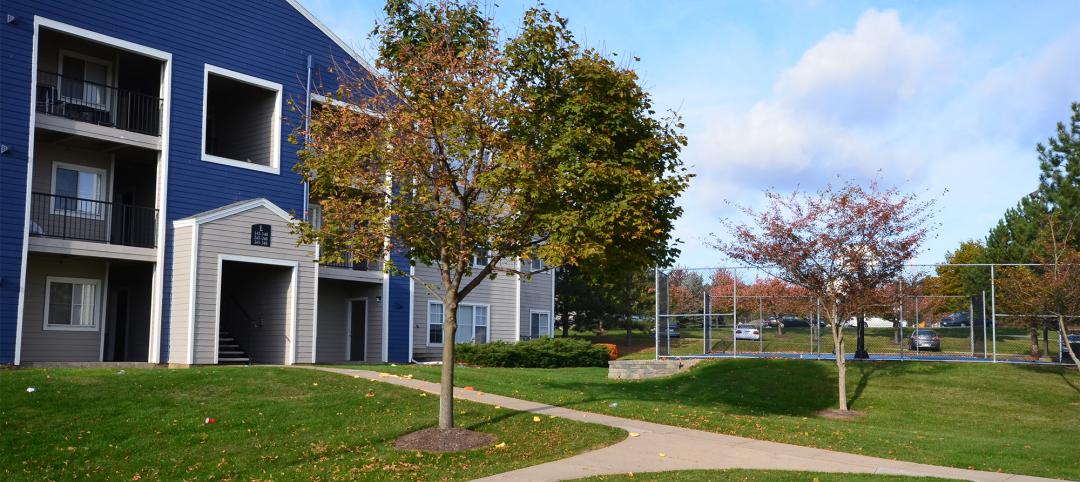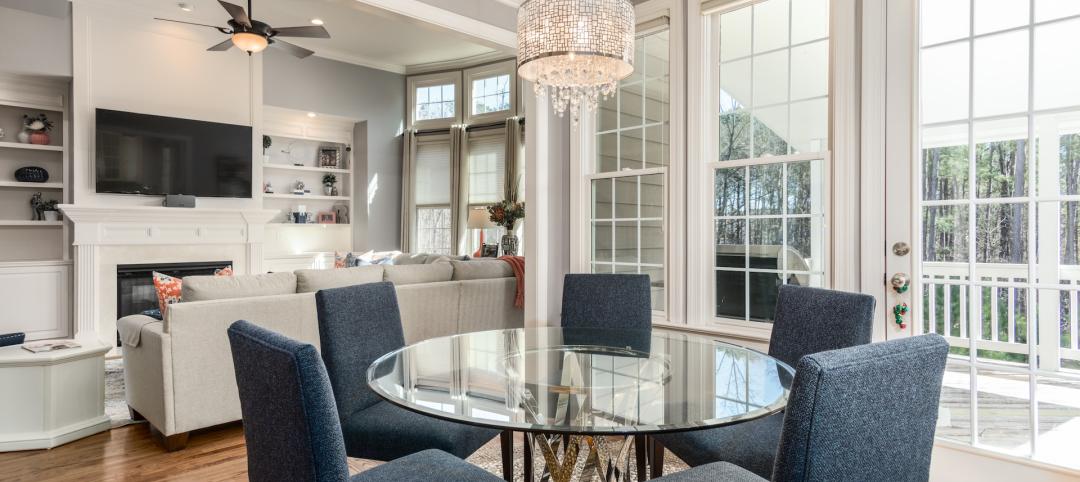According to a study of data from the Building Owners and Managers Association (BOMA) International’s Experience Exchange Report (EER) by Kingsley Associates, the commercial real estate industry’s ongoing focus on energy efficiency has resulted in a downward trend in total operating expenses.
Analysis reveals that properties in the United States reduced total operating expenses from $8.18 to $7.86 per square foot (psf) on average from 2011 to 2012, a difference of $0.32 or 3.9 percent. About two-thirds of these savings were achieved in the utility category, where average expenses fell $0.21—a whopping 9.0 percent—to $2.12 psf, underscoring an industry focus on maximizing building efficiency and smart asset management.
Nearly all building types boasted operating expense savings during 2012. Only corporate facilities saw total operating expenses remain essentially unchanged with a slight 0.5 percent increase. Downtown buildings remained, on average, more expensive to operate than their suburban counterparts, and they also reported a slightly smaller expense savings (4.1 percent versus 6.4 percent for suburban buildings).
As with total operating expenses, the decrease in utility expenses per square foot in 2012 also was broad-based. Private sector office buildings in both downtown and suburban locations observed an identical 9.3 percent reduction, though costs remain higher at downtown locations. Multi-tenanted buildings were able to achieve greater savings than corporate or single-tenanted facilities (9.6 percent versus 3.8 percent), but the trend was the same for both. However, not all property types saw a decline in this area. Utility costs rose 2.7 percent at medical office buildings and 4.2 percent at government-occupied facilities.
In addition to substantial savings on utilities, analysis also revealed that private sector office buildings spent $0.06 (4.0 percent) less per square foot on cleaning in 2012. Cleaning and administrative expenses are essentially tied as the third largest expense categories, behind utilities and repairs/maintenance. Building owners and managers were also able to make modest cuts in security and roads/grounds expenses (a $0.03 decrease in each category), though these categories are small relative to others.
These findings are based on an examination of a specialized control sample of more than 2,000 private sector buildings representing 385 million rentable square feet of U.S. office space that submitted both 2011 and 2012 expense data to the EER database. The sample only includes buildings meeting certain criteria in order to control for the impact of major renovations and changes in occupancy on operating expenses to ensure trends captured are representative of market reality. A complete analysis can be found in the latest issue of The BOMA Magazine.
With detailed income and expense information from more than 5,300 buildings across more than 250 markets, BOMA International’s Experience Exchange Report (EER) is commercial real estate’s premier income and expense benchmarking tool with the largest and most accurate data available in the industry. The EER allows users to conduct multi-year analysis of single markets and select multiple cities to generate state and regional reports. It also offers the capability to search by market, submarket, building size, building type and more for broader analysis. The 2013 Experience Exchange Report is available now at www.bomaeer.com.
About BOMA International
The Building Owners and Managers Association (BOMA) International is a federation of 93 BOMA U.S. associations, BOMA Canada and its 11 regional associations and 13 BOMA international affiliates. Founded in 1907, BOMA represents the owners and managers of all commercial property types, including nearly 10 billion square feet of U.S. office space that supports 3.7 million jobs and contributes $205 billion to the U.S. GDP. Its mission is to advance the interests of the entire commercial real estate industry through advocacy, education, research, standards and information. Find BOMA online at www.boma.org.
About Kingsley Associates
The most successful firms in real estate rely on Kingsley Associates for cutting-edge business intelligence solutions. With a depth and breadth of insight unmatched in the industry, Kingsley Associates brings thought leadership and passionate client service to every engagement. Kingsley Associates is a leader in tenant satisfaction surveys, resident satisfaction surveys, client perception studies, strategic consulting and operations benchmarking. To learn more, please visit our website at www.kingsleyassociates.com or our blog at www.kingsleyinsight.com.
Related Stories
Sustainability | Nov 1, 2023
Tool identifies financial incentives for decarbonizing heavy industry, transportation projects
Rocky Mountain Institute (RMI) has released a tool to identify financial incentives to help developers, industrial companies, and investors find financial incentives for heavy industry and transport projects.
Contractors | Nov 1, 2023
Nonresidential construction spending increases for the 16th straight month, in September 2023
National nonresidential construction spending increased 0.3% in September, according to an Associated Builders and Contractors analysis of data published today by the U.S. Census Bureau. On a seasonally adjusted annualized basis, nonresidential spending totaled $1.1 trillion.
Sponsored | MFPRO+ Course | Oct 30, 2023
For the Multifamily Sector, Product Innovations Boost Design and Construction Success
This course covers emerging trends in exterior design and products/systems selection in the low- and mid-rise market-rate and luxury multifamily rental market. Topics include facade design, cladding material trends, fenestration trends/innovations, indoor/outdoor connection, and rooftop spaces.
Giants 400 | Oct 30, 2023
Top 170 K-12 School Architecture Firms for 2023
PBK Architects, Huckabee, DLR Group, VLK Architects, and Stantec top BD+C's ranking of the nation's largest K-12 school building architecture and architecture/engineering (AE) firms for 2023, as reported in Building Design+Construction's 2023 Giants 400 Report.
Giants 400 | Oct 30, 2023
Top 100 K-12 School Construction Firms for 2023
CORE Construction, Gilbane, Balfour Beatty, Skanska USA, and Adolfson & Peterson top BD+C's ranking of the nation's largest K-12 school building contractors and construction management (CM) firms for 2023, as reported in Building Design+Construction's 2023 Giants 400 Report.
Giants 400 | Oct 30, 2023
Top 80 K-12 School Engineering Firms for 2023
AECOM, CMTA, Jacobs, WSP, and IMEG head BD+C's ranking of the nation's largest K-12 school building engineering and engineering/architecture (EA) firms for 2023, as reported in Building Design+Construction's 2023 Giants 400 Report.
MFPRO+ Special Reports | Oct 27, 2023
Download the 2023 Multifamily Annual Report
Welcome to Building Design+Construction and Multifamily Pro+’s first Multifamily Annual Report. This 76-page special report is our first-ever “state of the state” update on the $110 billion multifamily housing construction sector.
Smart Buildings | Oct 27, 2023
Cox Communities partnership levels up smart tech for multifamily customers
Yesterday, Cox Communities announced its partnership with Level Home Inc., a provider of next-generation smart IoT solutions for multifamily customers.
Student Housing | Oct 25, 2023
Pierce Education Properties acquires Penn State student housing
The two communities offer a wide range of amenities, including swimming pools with sun decks, study rooms with complimentary printing services, fitness centers, tennis court, and sand volleyball courts.
Senior Living Design | Oct 19, 2023
Senior living construction poised for steady recovery
Senior housing demand, as measured by the change in occupied units, continued to outpace new supply in the third quarter, according to NIC MAP Vision. It was the ninth consecutive quarter of growth with a net absorption gain. On the supply side, construction starts continued to be limited compared with pre-pandemic levels.


